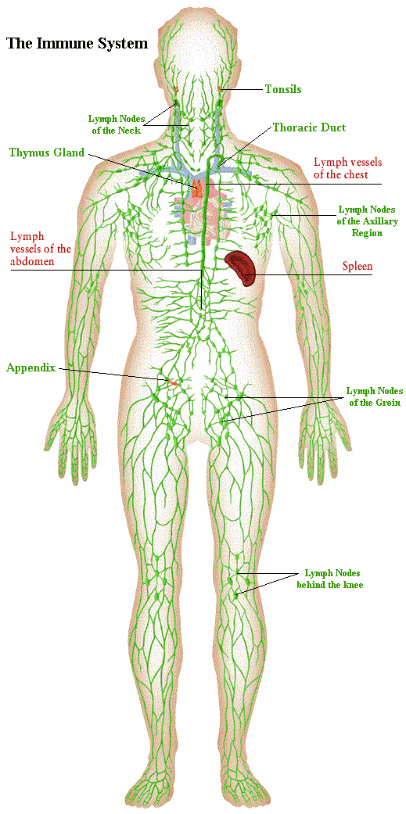People with Sjögren's syndrome have an increased risk of developing a type of cancer called non-Hodgkin lymphoma.
This affects the lymphatic system, a network of vessels and glands found throughout the body.
Research suggests people with Sjögren's syndrome are about five times more likely to get non-Hodgkin lymphoma than those who don't have the condition, but the chances of getting it are still small.
See your GP if you develop symptoms of non-Hodgkin lymphoma, such as:
- painless swollen glands, usually in the neck, armpit or groin
- night sweats
- unintended weight loss
Non-Hodgkin lymphoma can often be cured if it's caught early on. NHS
PREDICTING THE RISK FOR LYMPHOMA DEVELOPMENT IN SJOGREN'S SYNDROME:
There is an easy to use diagnostic scoring tool for doctors that helps to predict the development of Non Hodgkin's Lymphoma in patient's with SS.
In this tool there are 7 predictors including:
- positive rheumatoid factor
- salivary gland enlargement
- anti-Ro/SSA and
- lymphadenopathy
- Raynaud's syndrome
- Monoclonal Gammopathy
- low C4 levels
The link is here at PubMed. https://www.ncbi.nlm.nih.gov/pubmed/27336863
You can click on the 3 images in the report for more information.
Go to the glossary to get clarification on these terms.

The lymphatic system is a system of lymph nodes, vessels and organs that runs through the body
KNOW YOUR NODES
Lymph nodes can be felt in the armpits, the groin and the neck. There are many more that can't be felt, such as nodes in the stomach, pelvis and chest.
When working to fight an infection, lymph nodes become larger because they need more power to do their job. They may also become tender when the body is fighting infection.
Lymph nodes are sometimes incorrectly called "glands" or "lymph glands," but they do not secrete anything and are therefore not glands. MORE INFO FROM THE LYMPHOMA COALITION including meetings in the USA for lymphoma patients.